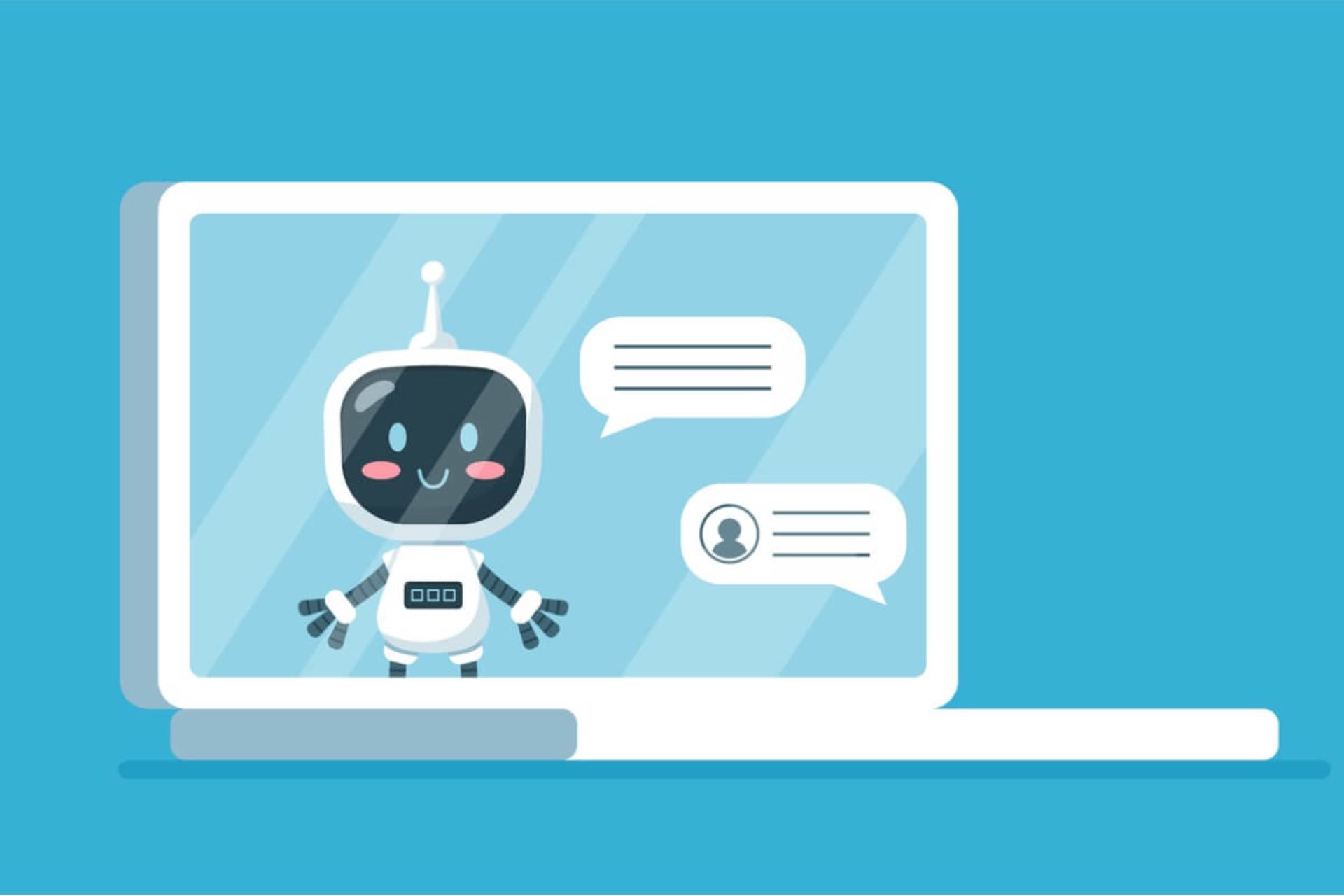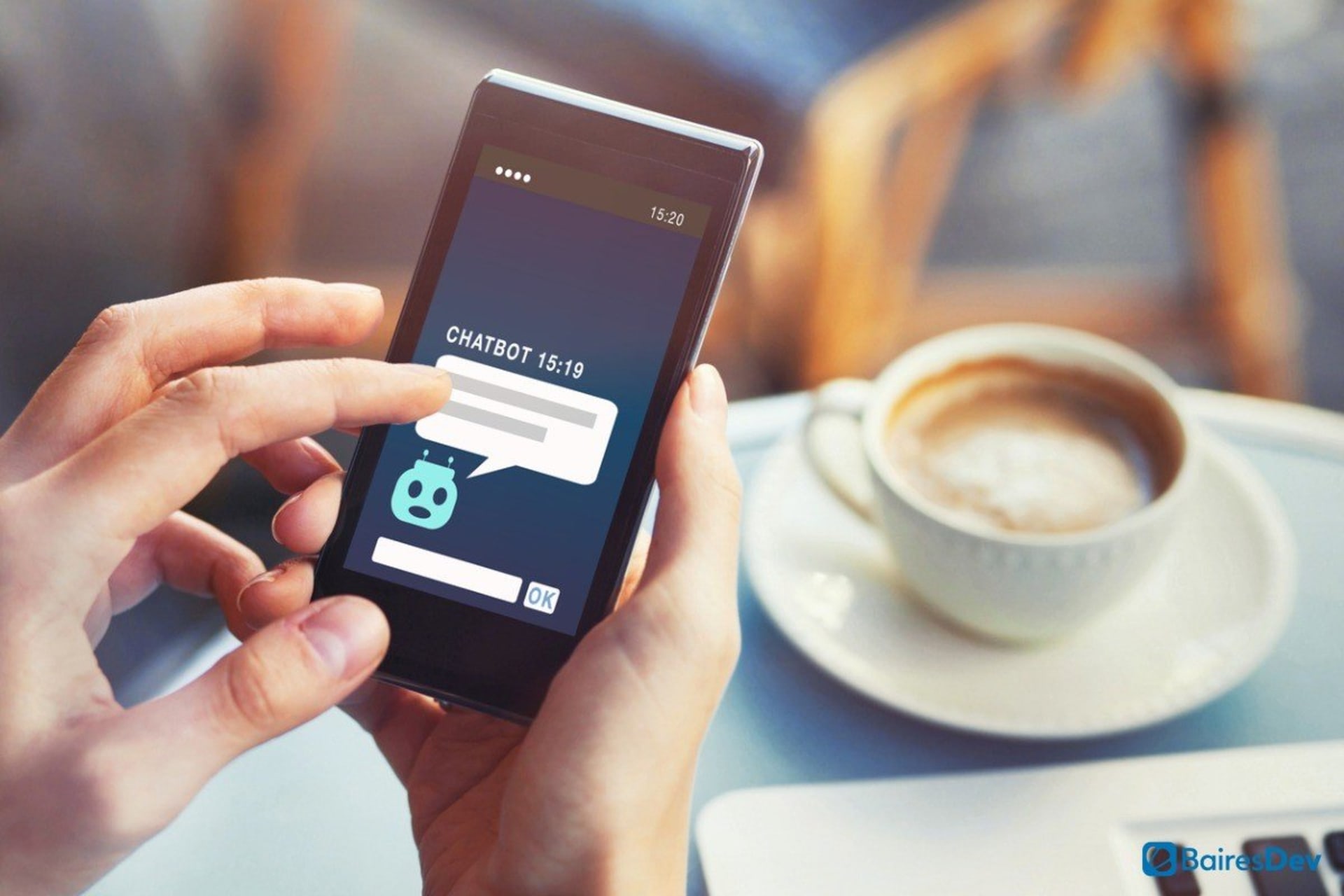Chatbot Development Company
Our Chatbot development services already power dozens of active engagements. We typically land our teams within 2 weeks, so you can start shipping top quality software, fast.
500+ companies rely on our top 1% tech talent.
Chatbot Development Services We Provide
Virtual Agents & Chatbot Development
Expand your customer service team with 24/7 virtual agents and chatbots.
By integrating AI and natural language processing (NLP), your chatbots or virtual assistants can provide intuitive, human-like interactions. Our developers use platforms like Microsoft Bot Framework or Dialogflow to develop versatile chatbots capable of supporting effective communication.
Multi-Language Chatbot Development
Broaden your business horizon with multi-language chatbots that cater to a global audience.
With APIs like Google Cloud Translation and IBM Watson Language Translator, we build multi-language chatbots that converse in Spanish, French, Mandarin, or other languages.
Business Process Automation Solutions
Streamline mundane, repetitive tasks with our business process automation solutions.
Our developers use automation platforms like UiPath, Automation Anywhere, and Blue Prism to tailor bespoke solutions. They facilitate anything from customer support ticketing to order processing and inventory management.
Natural Language Processing Integration
Integrate existing and emerging natural language processing (NLP) technologies—such as Google’s BERT or OpenAI’s GPT—into your chatbot services. Help users with different abilities find the support they need.
Leveraging conversational AI platforms like IBM Watson Assistant and Rasa NLU, we build chatbots with an understanding of language nuances, sentiment analysis, and intent recognition.
Conditional Response System Development
Ensure that your chatbots deliver consistent, accurate information.
We engineer complex decision trees and implement Artificial Intelligence Markup Language, enabling your chatbots to navigate the maze of possible conversation paths to present the most appropriate response.
Custom Chatbot Integration Services
Seamlessly integrate chatbots into your existing systems.
Whether it’s a mobile app, enterprise software, or an online portal, our developers will use various APIs and webhooks to connect chatbots with a broad range of services and databases.
Concierge Bot Creation & Implementation
Create a custom concierge bot to provide your guests with 24/7 personalized service. With attentive, AI-powered assistants, you can book reservations, provide local recommendations, arrange transport, and process room service orders.
With tools like TensorFlow and PyTorch, our developers will integrate your concierge bot with property management systems, customer relationship management platforms, and more to enable real-time updates.
Machine Learning-Based Chatbot Development
Refine and improve your chatbot interactions with our machine learning-based chatbot development.
By leveraging frameworks and libraries like TensorFlow and PyTorch, our developers create models that can understand and predict user behaviors and preferences. These self-improving models make every conversation more effective, driving customer satisfaction.
Conversational Interface Design & Development
User experience is about more than just delivering information. A chatbot should have a seamless, interactive design that represents your brand values. Our UX designers use Botsociety, Botmock, Flow XO, and more to deliver an engaging experience.
Social Media Bot Development & Integration
Connect with your users on social media. We integrate your chatbots into social platforms like Facebook Messenger, TikTok, WhatsApp, and Instagram.
Leveraging tools like Chatfuel and Microsoft Bot Framework, we build engaging social media bots and ensure they comply with relevant guidelines.
Marketplace Chatbot Integration & Customization
Give potential buyers a better shopping experience. We build custom solutions for your online store or integrate chatbots with marketplaces like Amazon, eBay, or Etsy.
Marketplace chatbots can help with product inquiries, recommendations, and purchases. We use tools like the Python Library Natural Language Toolkit (NLTK) so your chatbots can act as an extension of your sales team.
Rolls Royce case study

Key Things to Know About Chatbots
Best Practices for Chatbots
When developing and implementing an AI-powered chatbot, keep these best practices in mind.
The user experience of a chatbot is critical. Here’s how to ensure a positive and productive conversation.
Craft an interface that feels natural and easy to navigate. It should have a logical flow and button placement, giving users clear guidance on how to interact.
Desktop, tablet, or smartphone—your chatbot should function seamlessly, regardless of device. Responsive design means the interface will adjust to the size and resolution of the user’s screen.
Regularly gather and analyze user feedback to find areas for improvement. Adjust and enhance your chatbot’s performance to meet the evolving needs of your customers.
Make your chatbot accessible to everyone, including those with disabilities. Incorporate text-to-speech capabilities and voice control while considering your font and color choices.
Your chatbot should communicate in a straightforward manner that matches the voice of your brand. Avoid jargon and complex sentence structures that could confuse users.
The chatbot should reflect your brand’s personality. Its tone of voice should be consistent with other user touchpoints.
Developing a chatbot is more than just clean code. It requires choosing the right tools and technologies to maximize each interaction.
Work with tools like Dialogflow, IBM Watson, or Rasa to interpret user inputs accurately and respond with valuable information.
Personalize conversations and improve chatbot intelligence with algorithms that learn from user interactions and queries.
Like any software, chatbots require regular maintenance to perform properly. These updates can include new language models, conversation flow refinement, or bug fixing.
A chatbot should complement your current tech stack, not complicate it. CRM, ERP, and other integrations will help it run smoothly and maintain a consistent data flow.
Your chatbot should respond quickly to keep users engaged. That might mean caching frequently requested data to minimize latency.
Build a scaleable and adaptable system while prioritizing user data security.
Limited functionality can be frustrating for users. Here are a few things to consider when you're implementing features into your chatbot:
Include support for multiple languages in your chatbot to serve a global audience. Communicating with users in their native language can help you avoid misunderstandings and provide more valuable information.
Chatbots should remember past interactions and understand the content of a conversation to provide more coherent and relevant responses.
Each conversation should leverage data to create a personal touch. Your chatbot should greet returning users by name, reference past interactions, or suggest applicable actions based on their previous behaviors.
Whether it’s answering frequently asked questions, facilitating a purchase, or providing technical support, a chatbot must be able to solve a user’s problem as quickly as possible.
Although they are constantly evolving, chatbots will always have limitations. When it hits a roadblock, the transition to a human agent shouldn’t cause any loss in terms of information or context.
Feedback is essential for continuous improvement. Include simple ways for a user to provide feedback, like a survey or rating system, directly through the chat interface.
Data management and security are essential when you're developing and deploying a chatbot. Here’s how to protect your users’ information:
Legal standards like GDPR, CCPA, and HIPAA must be a focus from the start of development. Your chatbot's collection, processing, and storage procedures regarding personal data must meet these regulations.
Encrypt all data transmitted to and from the chatbot to protect user information and conversation logs.
Identify and remediate vulnerabilities with regular security audits. Consider using third-party services to perform penetration testing or risk assessments.
Keep users informed about how, why, and for what you're using your data. Include clear and accessible privacy policies, allowing users to opt in or out of data collection wherever possible.
Why Choose BairesDev for Chatbot Development

Custom Chatbot Solutions
Differentiate your chatbot. We take a deep dive into your business model, target audience, and brand identity to build bespoke solutions. We will work with you to produce the best user experience possible.
Top 1% of Tech Talent
We only hire the best of the best, including AI developers, machine learning experts, and UX designers. Our tech talent has an average of 10+ years of experience working with a range of technologies.
Flexible Engagement Models
Supplement your team with one or more developers. Engage a dedicated team to build, deploy, and maintain chatbots. Or, opt for end-to-end software outsourcing, where we'll provide a full team with a dedicated project manager. Our flexible engagement models can work for projects of many sizes and budgets.
Our process. Simple, seamless, streamlined.
During our first discussion, we'll delve into your business goals, budget, and timeline. This stage helps us gauge whether you’ll need a dedicated software development team or one of our other engagement models (staff augmentation or end-to-end software outsourcing).
We’ll formulate a detailed strategy that outlines our approach to backend development, aligned with your specific needs and chosen engagement model. Get a team of top 1% specialists working for you.
With the strategy in place and the team assembled, we'll commence work. As we navigate through the development phase, we commit to regularly updating you on the progress, keeping a close eye on vital metrics to ensure transparency and alignment with your goals.
Frequently Asked Questions (FAQ)
A chatbot development company creates, integrates, and optimizes chatbots for social media apps, websites, messaging platforms, and other software. They may build custom chatbots, integrate these solutions into existing systems, design conversational flows, and more.
AI chatbot development involves building chatbots that leverage artificial intelligence and natural language processing technologies to have human-like conversations with users.
AI chatbot development services involve designing conversational flows and using ML models to enable the chatbot to recognize and process user queries. Chatbot developers integrate the model with APIs and databases. They also provide continuous training with real user data to improve the chatbot's understanding and reliability.
An omnichannel chatbot aims to provide consistent conversational experiences across diverse communication channels. These platforms may include websites, mobile apps, messaging platforms, social media platforms, email, and others. The goal of omnichannel chatbots is to facilitate stronger communication with users wherever they are, at any point in time. The conversation flow is smooth and consistent because users don't have to change platforms or restart interactions when they move to another channel.
How Businesses Can Overcome the Software Development Shortage
BairesDev Ranked as one of the Fastest-Growing Companies in the US by Inc. 5000

See how we can help.Schedule a Call









